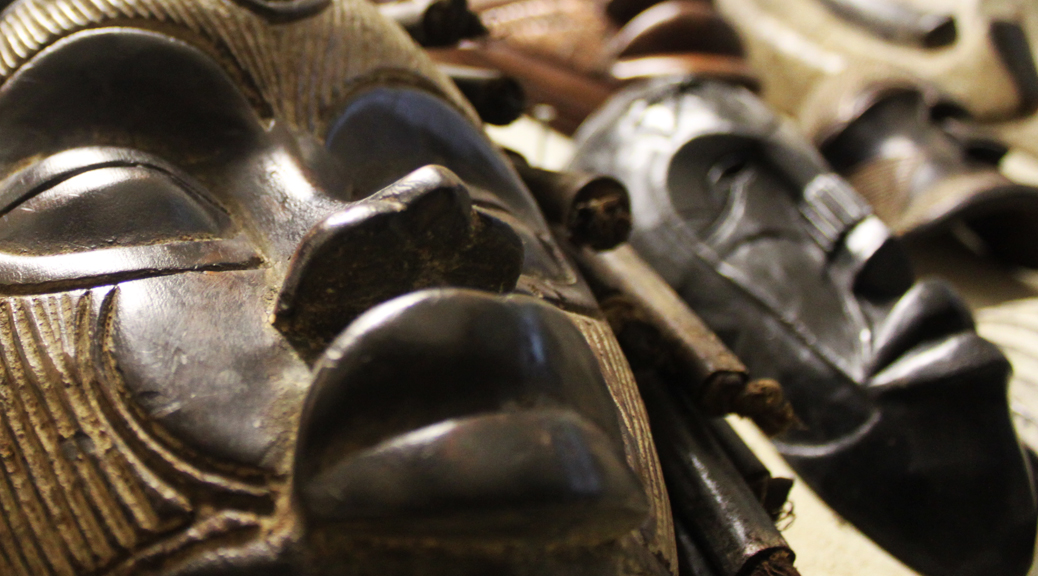Ivory Coast
The 190,000 Kulango occupy a region in the Northwest Côte d’Ivoire that borders Burkina Faso (to the north) and Ghana (to the east). The Kulango are matrilinear. They live in villages where family property is set according to lineage lines. The elders direct community life, based around the agricultural calendar. In the past, from the seventeenth century until the Mandingo invasions, a Kulango king, installed at Bouna, ruled the kingdom for better or for worse through the mediation of princely families. His power was primarily felt in Bouna, a booming center of commerce dominated by Diula merchants.
Following the conquest by the Mandingo, the monarchy was significantly diminished, rebounding in a final gasp as a tool of French colonial administration. Large migrations of Akan (seventeenth century) and Lobi (nineteenth century), coming from the east and north, also destabilized Kulango cultural unity. At present, the Kulango share numerous institutions and characteristics with ethnic groups, which, in search of arable ground, have gradually come to settle in the region. The once fertile Kulango region has become almost entirely bush; therefore, the Kulango and other groups in the region are migrating southward in search of new farmland.

